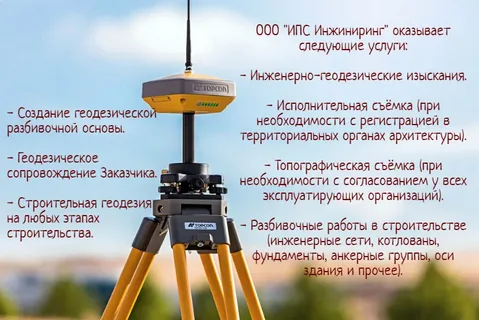Future Trends in RTK GPS Technology: Unlocking New Frontiers in Precision Navigation
Real-Time Kinematic (RTK) GPS technology has revolutionized positioning and navigation across industries by delivering centimeter-level accuracy. From agriculture and construction to autonomous vehicles and surveying, rtk gps is now a critical enabler of precision-based applications. As technology rapidly advances, several emerging trends are poised to shape the future of this field. This article explores the future trends in RTK GPS technology, highlighting how innovation continues to push the boundaries of what’s possible.
1. Enhanced Satellite Coverage and GNSS Integration
One of the most significant future trends in RTK GPS technology is the integration of multiple Global Navigation Satellite Systems (GNSS), such as GPS, GLONASS, Galileo, and BeiDou. As more satellites become operational, RTK systems benefit from increased signal availability and reliability, particularly in challenging environments like urban canyons or dense forests. Multi-GNSS support ensures faster fix times, better positioning stability, and improved accuracy.
2. Expansion of RTK Networks and Cloud-Based Services
Traditionally, RTK GPS relied on local base stations to deliver corrections. Now, we’re seeing a shift toward cloud-based correction services and regional or national Continuously Operating Reference Station (CORS) networks. This trend reduces the need for individual base stations and allows for broader, seamless coverage.
Cloud RTK services, such as NTRIP (Networked Transport of RTCM via Internet Protocol), are becoming more prevalent, enabling users to receive corrections over the internet in real time. This makes RTK GPS more accessible and scalable for commercial applications.
3. Miniaturization and Integration with IoT
Another promising development in the future trends in RTK GPS technology is the miniaturization of RTK modules. As components become smaller and more energy-efficient, it’s easier to integrate RTK functionality into compact devices, including wearables, UAVs (drones), and agricultural machinery.
The convergence of RTK GPS with the Internet of Things (IoT) is also enabling smarter systems. For instance, in precision farming, connected RTK-enabled equipment can optimize planting, irrigation, and harvesting with unprecedented efficiency.
4. RTK for Autonomous Systems
Autonomous vehicles, drones, and robots demand precise navigation capabilities, and RTK GPS is central to meeting this need. The development of sensor fusion—combining RTK with inertial measurement units (IMUs), cameras, and lidar—ensures robust positioning even when satellite signals are blocked.
As AI and machine learning continue to evolve, RTK systems will increasingly be able to self-correct, predict signal degradation, and adjust in real time. This positions RTK GPS as a cornerstone of the autonomous technology landscape.
5. Cost Reduction and Wider Accessibility
Traditionally considered expensive and specialized, RTK GPS technology is becoming more affordable. The availability of low-cost RTK chips from manufacturers like u-blox and Swift Navigation is driving adoption in consumer-level products. Lower costs are also opening the door for small and mid-sized businesses to integrate RTK solutions into their operations.
This democratization is one of the most impactful future trends in RTK GPS technology, promising to transform industries that previously couldn’t justify the investment.
Conclusion
The future trends in RTK GPS technology signal a shift toward broader accessibility, higher accuracy, and seamless integration with emerging technologies. From autonomous navigation to smart agriculture and IoT, RTK GPS is evolving into a fundamental tool for the digital age. As satellite infrastructure improves and costs continue to fall, expect RTK to play a pivotal role in shaping the future of location-based technologies.


